As an educator, I had hoped to be able to see for myself the differences in the Austrian and N. American school systems. There are some differences. The day for the Austrian children begins at about 7:45 am and is over by 12:30 pm. Kindergarten is not public. Childcare and extra classes (like English) are offered after school but these are fee-based programs. There are other differences as well, most notably that children enter the ‘high school’ or gymnasium at about age 11, provided they have the test-derived aptitude, and proceed after that to university (which is free for all Austrians!) after graduating at age 18. At university, one can attend classes or not; one merely has to pass the test at the end of the class to receive credit but there is NO time limit in which to do so. (well, in Bill’s class at Uni-Graz, there is a time limit, because we won’t be here after the June 30th end to classes.) Children not passing the end of primary school tests can proceed to a Volkschule where they can learn technical trades and skills (electricians, hotel industry, etc.).
At the primary school level where my friend Christina is a teacher, in Nestlebach-bei-Graz, the teachers stay with the same group of children for the entire time they are in the school. She’s had this group of 8 and 9 year-olds since they began at age 6 and will have them for 2 more years. It’s a small school (maybe 120 students) and the relationships between children and teachers, and teachers and families are close.
In so many way, though, the schools are the same. (I did notice how unfailingly polite these children were and the respect they had for each other.) There are many academic levels represented, even within the same class, and, of course, the helpful ones, the ones that need to be close to the teacher, the ones who are strongly independent, the ones who have that certain ‘spark’ in their eye – great intelligence and perhaps also ein bisschien mischief mixed in.
I was fortunate to spend two days in Christina’s classroom. The first visit, we sat in a circle and I taught them English songs. We sang some of the same songs we sing in my classroom. They sang back to me some Austrian songs, one with the SAME tune as in the USA, and some beautiful folk songs in harmony, and as a canon. Christina uses a guitar in her classroom and leads the School Choir. I watched the group, with the Headmistress of the school, practice a folk dance they would do in a Folk Festival for parents later that month. Children recited poetry for the class, and presented research projects on squirrels and on the skeletal system. I was impressed with the level of scholarship, even though I could understand only a few words. (This is when one realizes the importance of visuals!) As you can see the classroom is rather typical, with children’s work hanging up and around on the walls. Compared to many classrooms in the US, the computers are old…..but this is a small school in the ‘countryside’, so perhaps technology is not as easily obtained, at least financially.
I attended the folk festival, with performances from all the classes, on a late Friday afternoon. Among the similarities of proud parents, lots of cameras, squirmy brothers and sisters I have these two comments: 1) I doubt you’d ever see a school in Missoula holding an event on a Friday afternoon and 2) at the party afterwards, you’d never have beer and wine served!
Listen to one of the songs at the Festival here.
The second visit included a presentation by me about Montana – I brought in a ‘poster’ and also made a slide show. But the main part of the day was a field trip to a woods about a half-hour away from the school. These children who live in Nestlebach-bei-Graz need no introduction to the woods. They live surrounded by them, at home and at school. But it was fascinating to see the ‘nature education’ provided that day: everything from wood economics (logging, hunting) and identification of animals and plants to team building games and skills. We arrived on a large, and comfortable bus (for Missoulians reading, think ‘beachliner’). The children on the bus did what children do everywhere – they chatted and laughed and pulled out their electronic devices: ipods, smartphones, and handys (regular cell phones). Once in the woods, they were attentive and engaged. These woods are mixed – deciduous beech and oak, coniferous fir and spruce. They are quite hilly and at the last station we came to a cliff with a rope to hang onto while we descended and OMG, am I going to have to go down THAT? descended a ravine (by rope) to a creek where there was a rope bridge. I did the descent by rope but opted to jump the stream in order to take pictures while the kids came across.
After that, we returned to by bus to the school. I was glad we didn’t run into any other busses on the narrow road out. On our trip to the woods, we met another large bus which had to back all the way up the hill to let us pass!
The hills this day were certainly alive, with the sound of children!

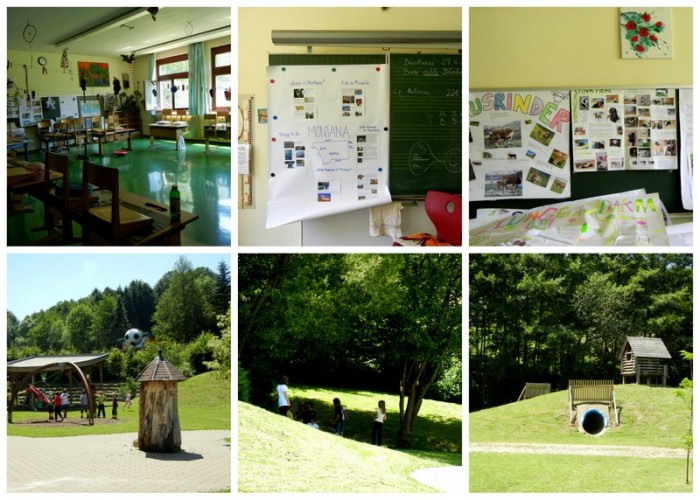
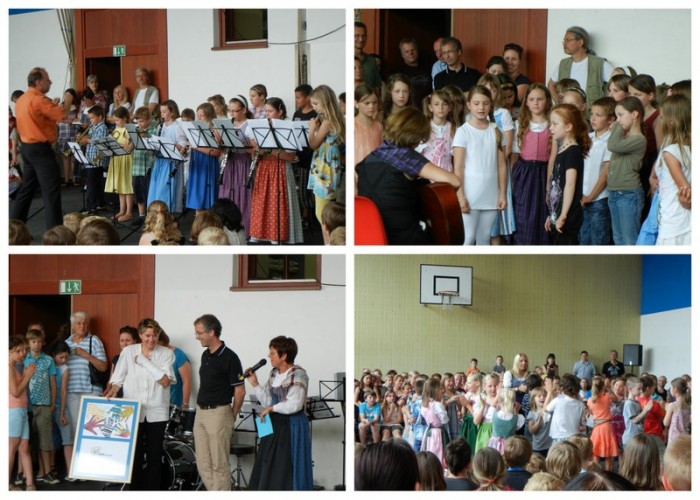
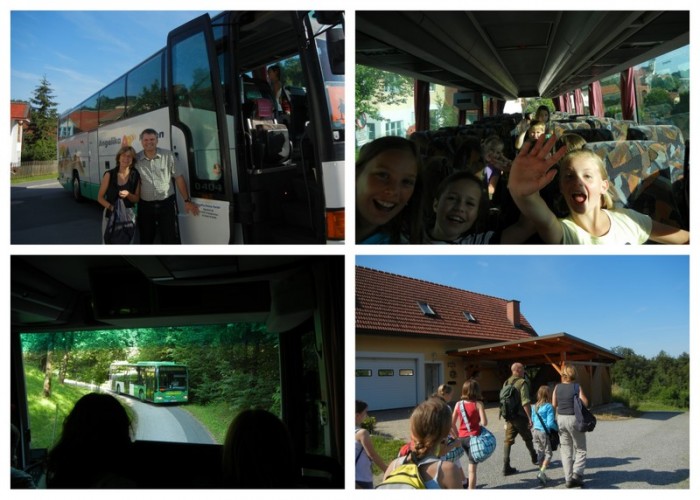
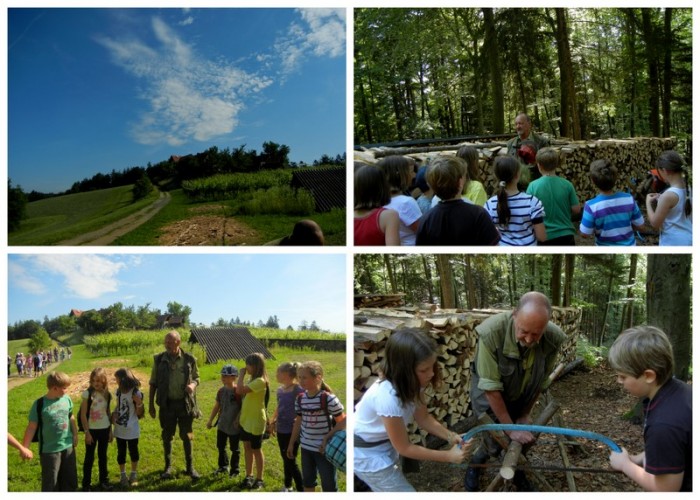
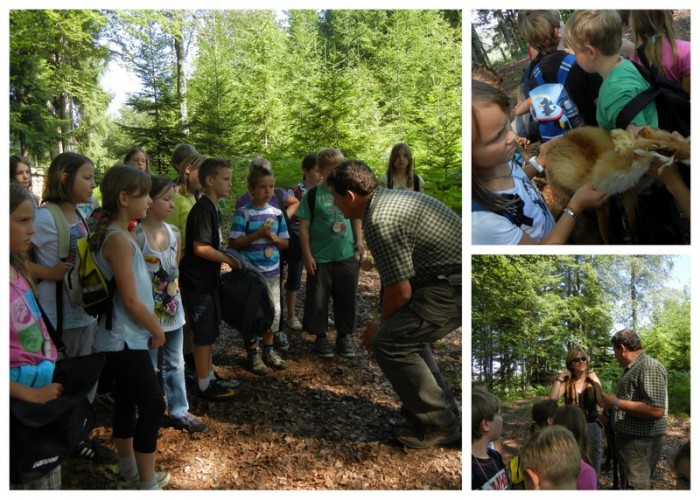
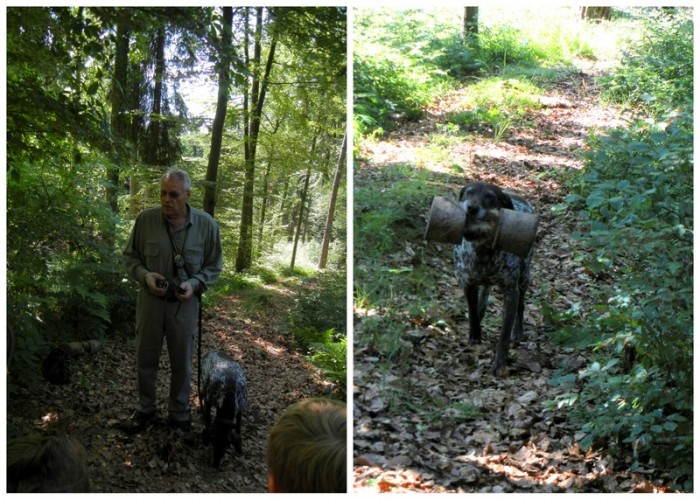
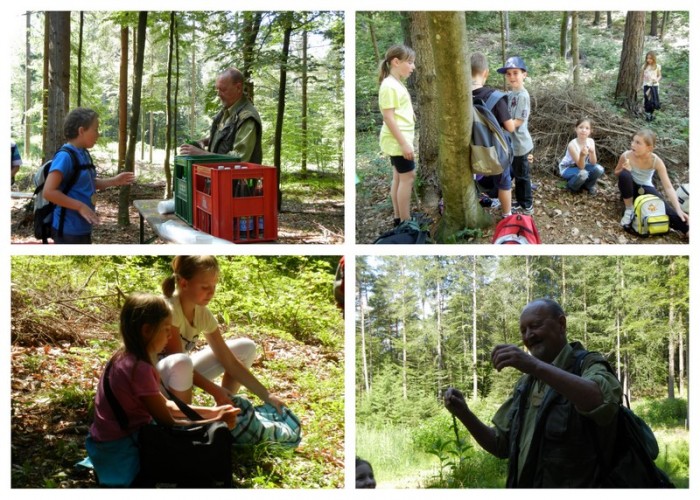
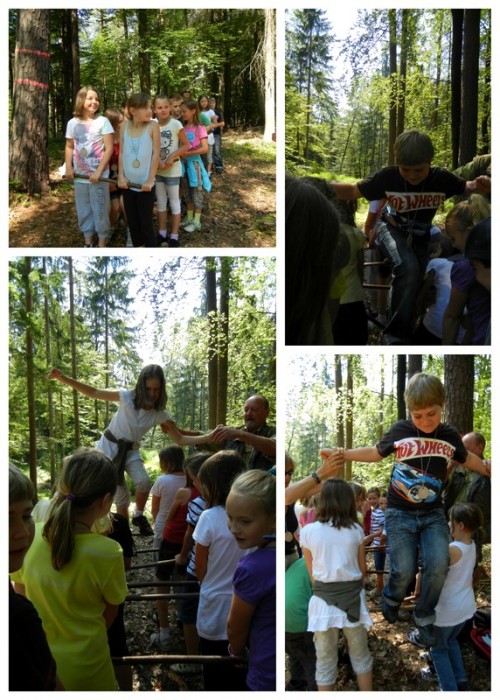
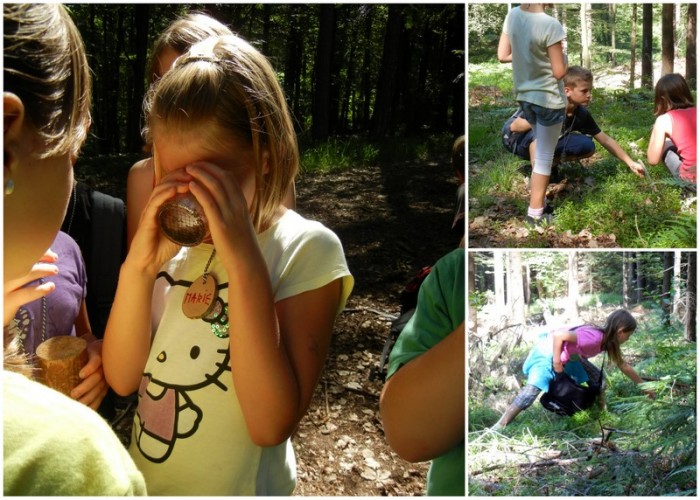
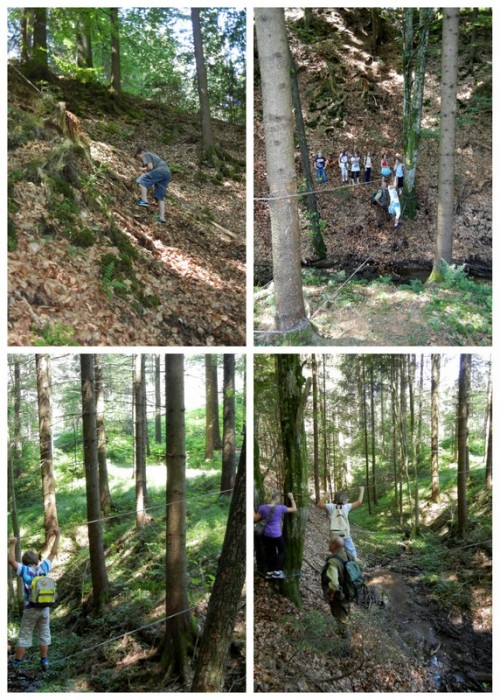
Jean – I loved this entry – being an educator as well. The fine differences make a big difference, don’t you think? Thank you.
Jean, this is a great post! Great pics and loved hearing the kids sing. The school system sounds very similar to Costa Rica’s. But here the school day is in shifts with half of the kids going in the morning and the other half in the afternoon, and that is for all grades. It’s a very efficient use of the buildings. How great that you had this opportunity!